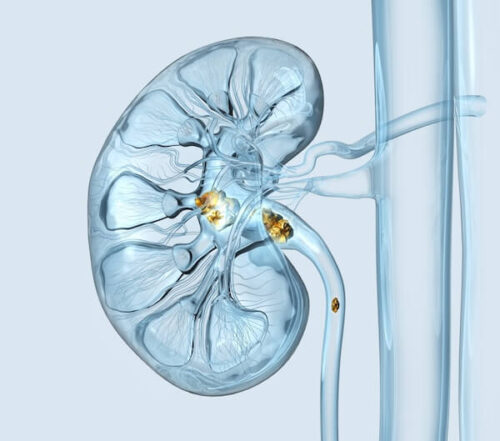Vitamin A and Hip Fractures
Vitamin A intake and hip fractures among postmenopausal women in the January 2, 2002 issue of the Journal of the American Medical Association found that a long-term dietary intake of a diet high in retinol may promote osteoporotic hip fractures in women.1 This 18-year study among postmenopausal women in the Nurses’ Health Study from 1980 to 1998 found women who took the most vitamin A (more than 2000 ug/d) had almost twice the risk of hip fractures as did women with the least intake (less than 500 ug/d). Women taking a vitamin A supplement had a 40% greater risk of hip fractures than those not taking supplements. In contrast, the plant form of vitamin A, beta carotene, was not related to an increased risk.
COMMENT: Vitamin A refers to a family of essential, fat soluble, micronutrients required for vision, growth, and the immune system. Night blindness is the most common and earliest discovered condition caused by vitamin A deficiency. Ancient Greeks recommended liver to cure night blindness. The most potent form of vitamin A is called retinol. This form is found in animal products and vitamin supplements. The vegetable form of vitamin A is beta-carotene – which is actually a non-toxic precursor of vitamin A (sometimes called pro-vitamin A) that is converted in the body into retinol and stored in the liver. The plant forms of vitamin A are never toxic and the only common side effect is an orange discoloration of the skin.
As mentioned, the toxic form of vitamin A, retinol, is found in vitamin supplements and animal foods. Liver is the highest food source of retinol. Smaller amounts are also found in organ meats, whole small fish, eggs, butter and other dairy products. Manufacturers also add retinol to foods in order to fortify them. Skim milk, breakfast cereals and meal replacement supplements are examples of retinal fortified foods.
Vitamin supplements may contain as much as 3000 ug of retinal.
Toxicity from chronic ingestion of retinol results in hair loss, bone and muscle pain, dry skin, visual impairment, poor balance, and other problems with the nervous system. Excess doses also produce severe birth defects, including spontaneous abortion and major malformations.2 Thus women who may become pregnant need to be very careful about their intake of retinol from animal foods and vitamin pills.
Vitamin A is known to stimulate the breakdown of bone, raise blood calcium levels, and suppress the bone-building effect of vitamin D. People treated with vitamin A for skin diseases have been found to have less bone material, as well as markers of increased bone turnover (such as protein fragments found in the urine).
Therefore, to avoid problems of vitamin A toxicity and to be certain you have all the healthful vitamin A that your body needs you should rely upon the plant kingdom – especially plants with color. Provitamin A and other important vitamins are particularly abundant in carrots, dark green leafy vegetables, yams, tomatoes, corn and fruits. Relying upon the plant kingdom for your food also avoids the most important causes of bone loss which are the animal protein and the high acid content of animal foods.3,4,5 Add a reasonable exercise routine and you will have a set of bones that will last you a long lifetime.
References
1) Feskanich D. Vitamin A intake and hip fractures among postmenopausal women. JAMA.2002 Jan 2;287(1):47-54.
2) Nau H. Teratogenicity of isotretinoin revisited: species variation and the role of all-trans-retinoic acid.J Am Acad Dermatol. 2001 Nov;45(5):S183-7.
3) Sellmeyer DE. A high ratio of dietary animal to vegetable protein increases the rate of bone loss and the risk of fracture in postmenopausal women. Study of Osteoporotic Fractures Research Group.Am J Clin Nutr. 2001 Jan;73(1):118-22.
4) Barzel US. Excess dietary protein can adversely affect bone.J Nutr. 1998 Jun;128(6):1051-3.
5) Massey LK. Does excess dietary protein adversely affect bone? Symposium overview.J Nutr. 1998 Jun;128(6):1048-50.
Note: 1 IU (international unit) equals 0.3 ug (micrograms) of vitamin A.
Recommended Articles

How Can Starch Improve My Diabetes?

The Truth About Oxalates & Kidney Stones






